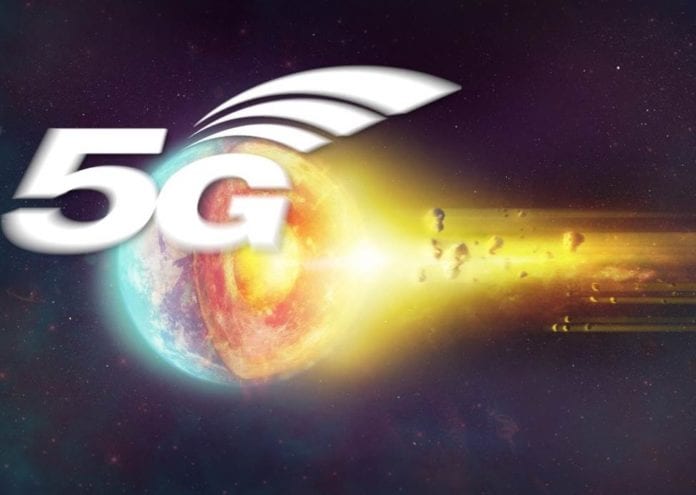In the evolution of next generation mobile architectures, much of the focus is understandably on 5G New Radio – primarily, how much faster it will be than today’s 4G access and what kind of bandwidth-intensive services can be supported because of that. But deeper into the network, the new 5G Core specification will introduce radical changes in the way mobile networks are designed in order to support a wider array of services with varied performance requirements – from enhanced mobile broadband to massive Internet of Things (IoT) connectivity to ultra-reliable, mission-critical communications.
Like the 4G Evolved Packet Core (EPC), the 5G Core aggregates data traffic from end devices. The 5G Core also authenticates subscribers and devices, applies personalized policies and manages the mobility of the devices before routing the traffic to operator services or the Internet.
While the EPC and 5G Core perform similar functions, there are some major differences in that the 5G Core is decomposed into a number of Service-Based Architecture (SBA) elements and is designed from the ground-up for complete control and user plane separation. Rather than physical network elements, the 5G Core comprises pure, virtualized, software-based network functions (or services) and can therefore be instantiated within Multi-access Edge Computing (MEC) cloud infrastructures.
This new architecture will give operators the flexibility they need to meet the diverse network requirements of all the different 5G use cases, going well beyond high speed fixed wireless or mobile broadband services. And at the heart of the new 5G core architecture is cloud native software design.
To illustrate just how the 5G core network will be different from today’s EPC, here are some of the new 5G network functions that you’ll need to need to know about:
- User Plane Function (UPF). Emerging from Control and User Plane Separation (CUPS) strategies defined within non-standalone 5G New Radio specifications, the 5G core UPF represents the evolution of the data plane function of the Packet Gateway (PGW). This separation allows data forwarding to be deployed and scaled independently so that packet processing and traffic aggregation can be distributed to the network edge. For more details, see our UPF reference guide.
- Access and Mobility Management Function (AMF). With the 4G EPC mobility Management Entity (MME) decomposed into two functional elements, the AMF receives all the connection and session information from end user equipment or the RAN but only handles connection and mobility management tasks. Anything to do with session management is forwarded to the Session Management Function (SMF). For more details, see our AMF reference guide.
- Session Management Function (SMF). A fundamental component of the 5G SBA, the SMF is responsible for interacting with the decoupled data plane by creating, updating and removing Protocol Data Unit (PDU) sessions and managing session context within the UPF. Decoupling other control plane functions from the user plane, the SMF also performs the role of Dynamic Host Configuration Protocol (DHCP) server and IP Address Management (IPAM) system. For more details, see our SMF reference guide.
These are just some of the new network functions of the 5G Core Service Based Architecture. The changes are quite radical compared to today’s 4G EPC, and one of the most important factors that will enable the new Service-Based Architecture is truly cloud native design and deployment methodologies. 5G Core network functions will need to be massively scalable, highly reliable and support automated operations. As we’ve said many a time here on the blog, the 5G future will be cloud native.

